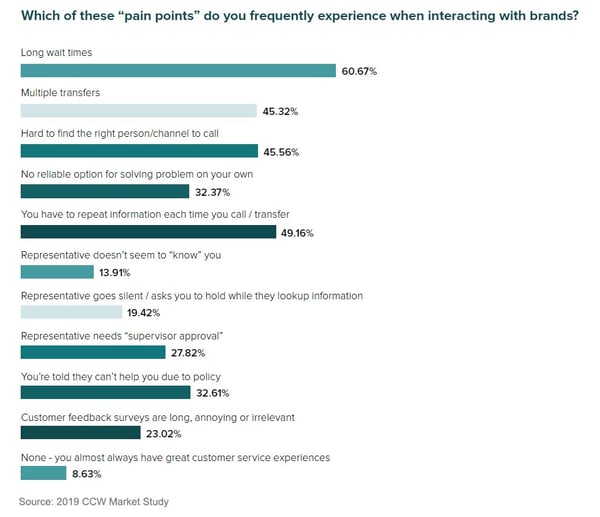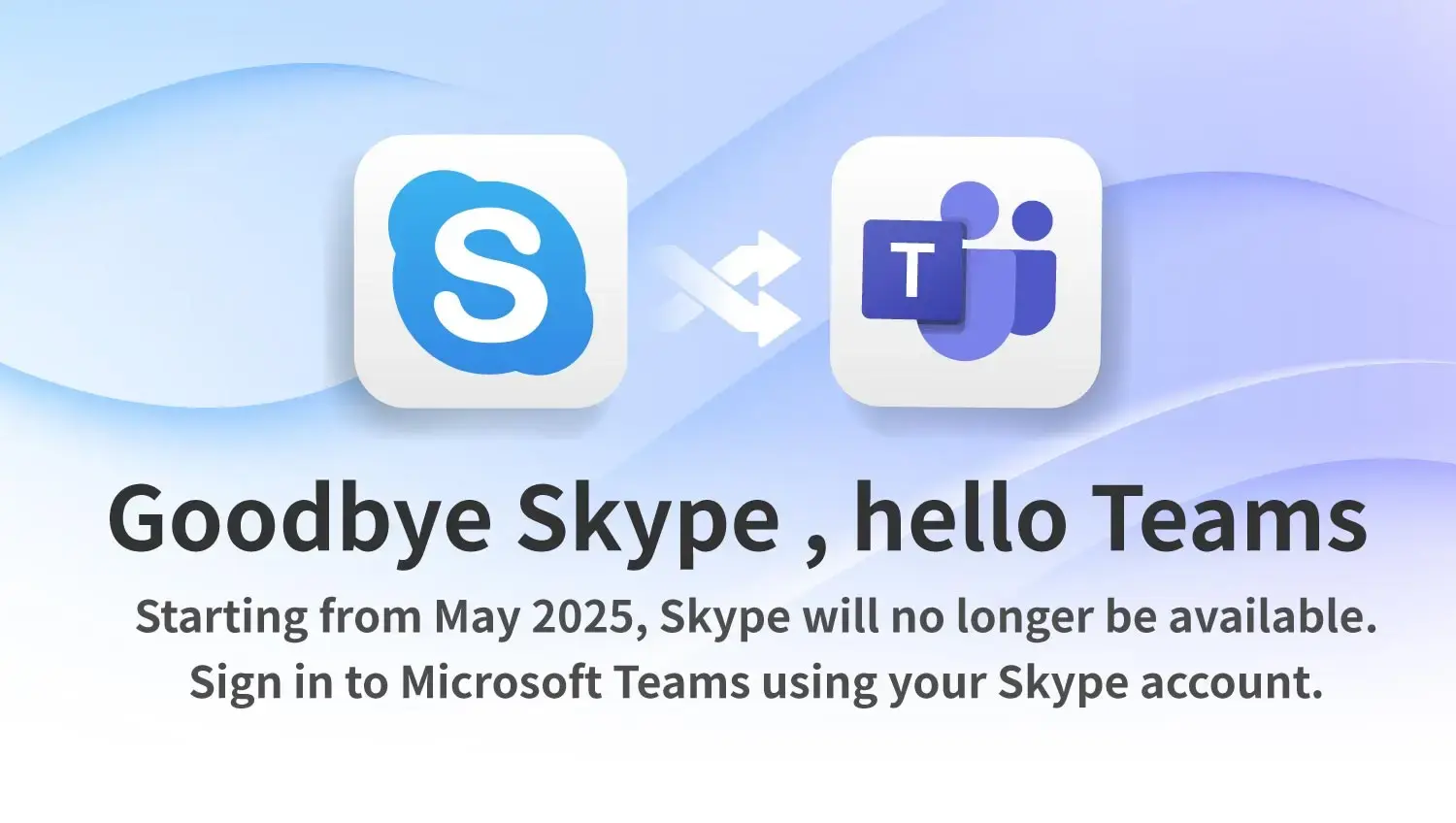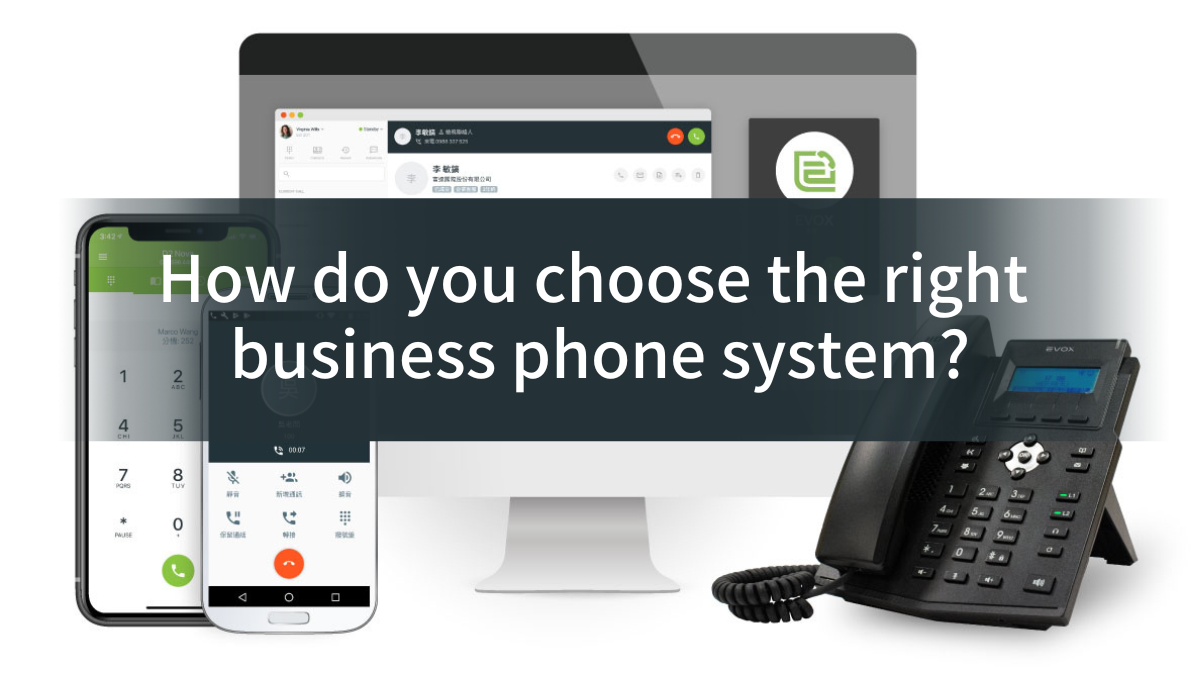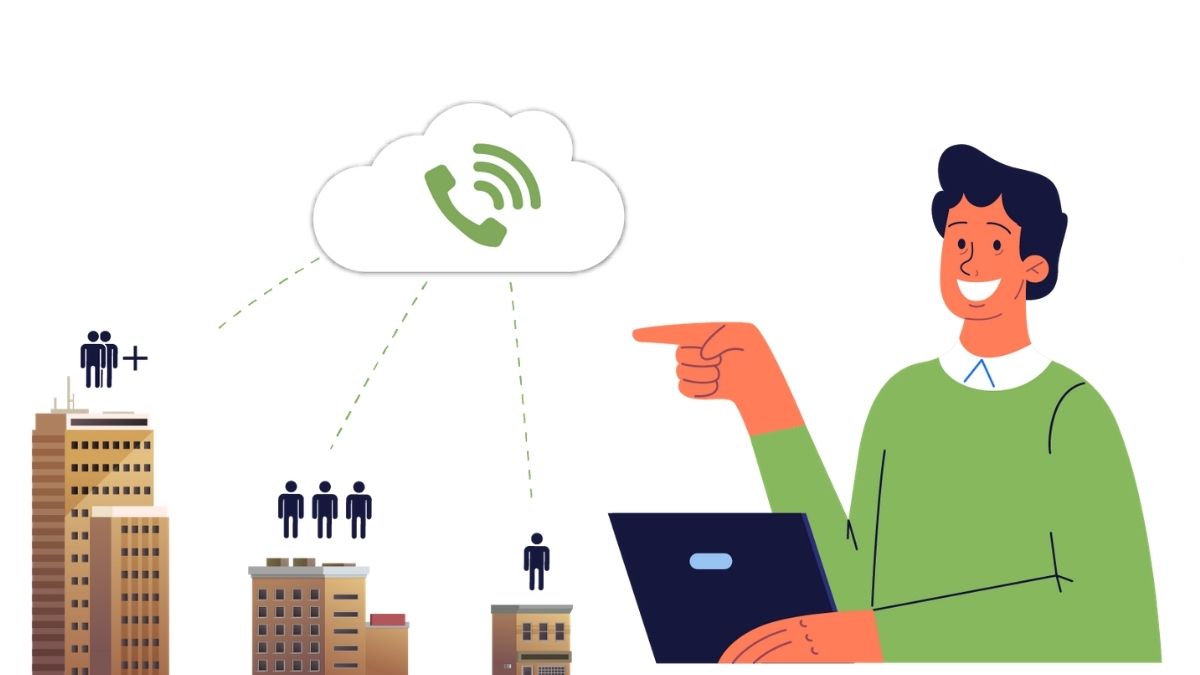
One of the least understood, but most important, roles of a customer-centric business is customer experience management. But, what is customer experience management, and why should your business worry about it?
Customer experience management refers to how a company effectively manages the interactions with a customer at every touchpoint throughout the lifecycle of the business relationship. Proper customer experience management optimizes the customer’s overall experience of pre-consumption, consumption and after-sales service. Creating profitable customer experiences creates business profitability. The goal is to increase the quality of every customer interaction, building customer confidence and loyalty. From the moment your guest enters your company’s store or website, they are on the pathway of the journey that is their customer experience.
Why is the customer’s experience important to your business?
In today’s high-tech environment, a company can easily build their own website and launch a sales platform. But what makes a customer stay on the website? What makes a customer purchase? And, most important, will that customer recommend your product or service or return to purchase again? Today’s savvy consumer will not stay on a site if they see incomplete product descriptions or poor images, the site is difficult to navigate, or there is no way to access live support. Their customer experience journey will end before completing a single purchase.
So, is this bad service experience really just a problem for the customer? In fact, a customer’s bad experience often points to a company that lacks an efficient management system. It reveals a company that does not understand the needs of its customers, and does not allocate resources to provide appropriate services to customers. This lack of customer experience management results in a vicious cycle of costly operations, lost profitability, and loss of customer confidence and loyalty.
How improving the customer experience leads your company into a cycle of profitability and growth
Investing in a database allows your company to keep contact data in one central accessible location. This allows employees to contact your customers and prospects, build loyalty, provide better service, and promote sales. Traditionally many companies choose a feature-rich Customer Relationship Management (CRM) system such as Hubspot or salesforce to manage customer information. This allows them to understand who their customers are, and what the company can offer them.They create a user model (persona) to analyze guest characteristics, preferences, and even traits, so that businesses and customer service staff can tailor offerings to their customers.
In this era of social networking, companies can use social channels to not only stay in touch with customers, but to gain valuable insight into their preferences and buying habits. Customer chat software is another way that companies can provide instant communication to their customers while reducing the customer service workload. The challenge is for companies to maintain the consistency and accessibility of information throughout these different communication channels. Although it is a different group and process within the company to manage social channels, chat, technical support, or customer service calls, from the perspective of the customer it is all part of their experience with the company. The CRM system enables companies to integrate customer information and customer service systems so that employees in different units can browse important information, such as items purchased or recently asked questions, to help solve customer problems.
Despite these new methods for communicating with customers, the telephone customer service staff is still the front line for customer communication. Particularly when experiencing an issue, the majority of customers still want to talk to a human being. For many customers, it is the most memorable interaction in their experience with the company. Voice is central to communication; the call management system is an indispensable customer service tool. As an example, a customer might want to know if a natural disaster such as a typhoon will affect their travel plans, or they may want to confirm with the travel agent or the hotel that their plans can be cancelled or postponed.
According to a 2019 Customer Contact Week (CCW) Market Study survey of customers over the age of 18, only 12% believe that the brands they consume have improved the quality of customer experience over the past few years. Among the customer service complaints, the respondents were most concerned about "long wait times" (60.67%), followed by "you have to repeat information each time you call/transfer" (49.16%), and "hard to find the right person/channel to call” (45.56%). Considering that a high percentage of these interactions occur during telephone communication, a call management system is an essential tool to help improve customer brand perception.

A professional call management system not only improves the customer's call experience, it can also help the customer service unit do more with less. Call management systems typically include automatic call distribution systems, automatic queuing, and multi-level voice menus. These features reduce the number of customers who will need live assistance by routing customers to pre-recorded voice responses to commonly asked questions. Customers needing live assistance can then be routed to the right person the first time, where customer service or sales can focus on their needs. The customer receives prompt and individualized attention while the company can operate with fewer staff. Automatic queuing provides voice messages, queues waiting customers if customer service personnel are busy, and evenly distributes calls to distribute the workload.
The customer service supervisor's secret weapon: the online customized call management system
A good customizable call management system not only helps the enterprise to maintain customer relationships, but it also helps the department head to manage the customer service unit efficiently. Call management ensures the customer receives the right team member to handle their call through call distribution rules and grouping customer service personnel according to different customer needs such as product and language. Utilizing functions such as schedule, call record and voice transcripts, the supervisor can understand the duty status of customer service personnel. This allows the supervisor to quickly analyze dialogue records and provide training and assistance to team members.







